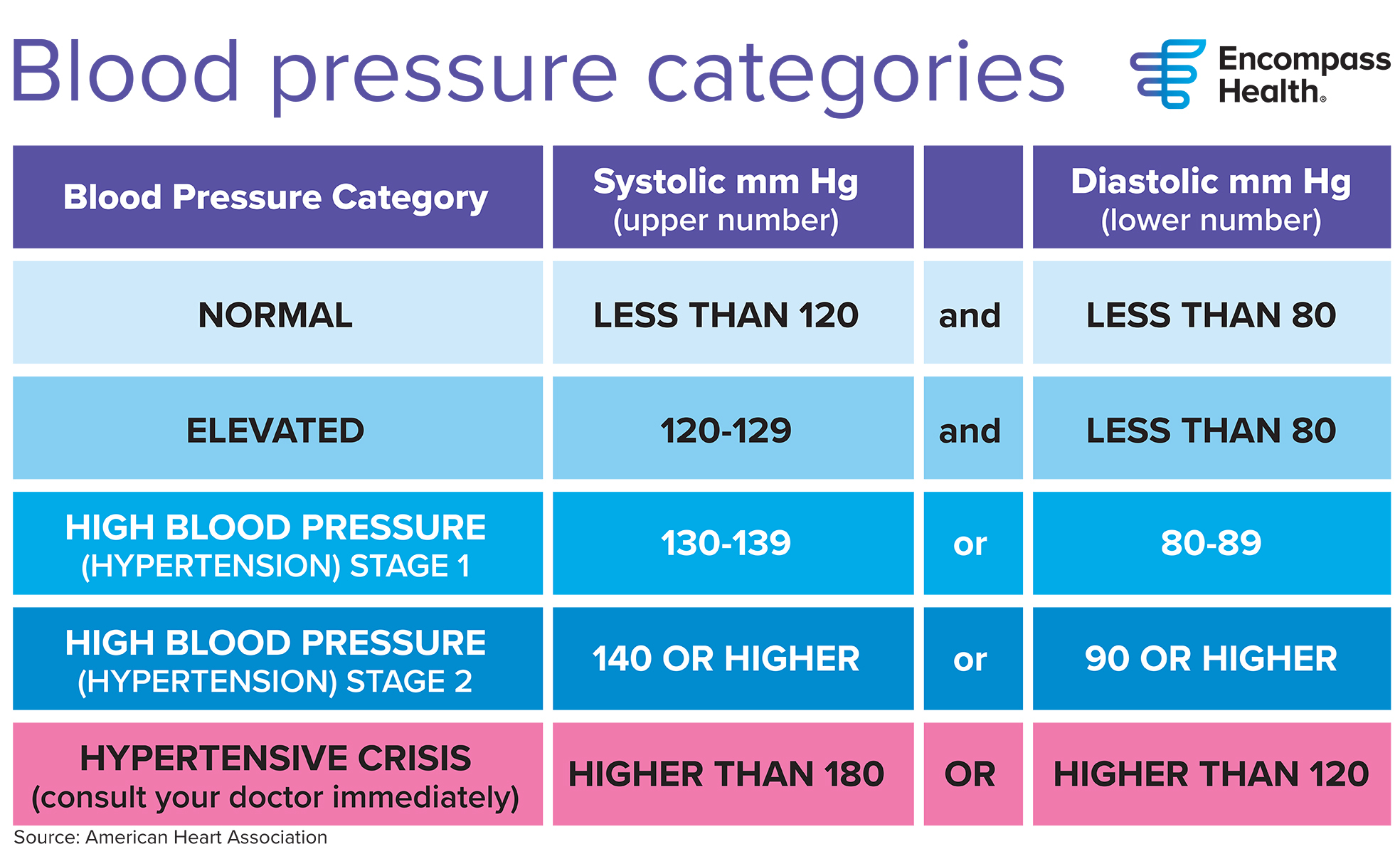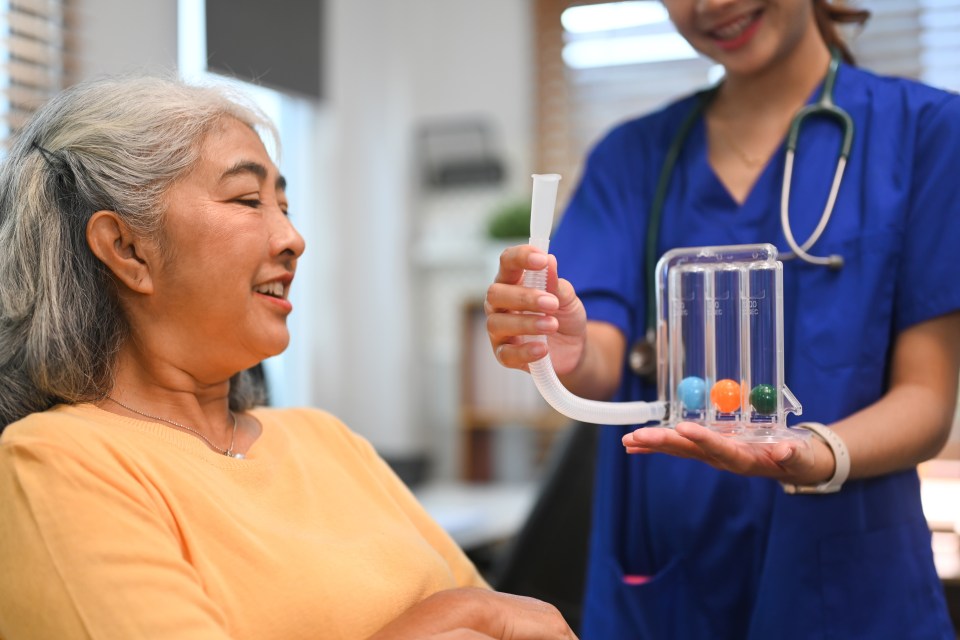Nearly 75 million adults in the U.S. have high blood pressure (hypertension), yet many are not even aware of it. Hypertension often has no symptoms, but when left untreated, it can damage your circulatory system and lead to heart attack and stroke. For this reason, high blood pressure is known as the silent killer.
Over 48 percent of Americans over age 18 take medications to control their blood pressure (BP), but there are also ways to help lower blood pressure naturally.
Understanding Blood Pressure
Blood pressure is the pressure, or force, of blood pushing against the artery walls. The top blood pressure number on your reading is the systolic pressure. This measurement reflects the pressure in your arteries when the heart beats. The second number, diastolic pressure, is measured when the heart is at rest between beats.

Diagnosing High Blood Pressure
Your blood pressure should be checked routinely during visits to your healthcare provider. Before diagnosing hypertension, your doctor may require at least two elevated blood pressure readings. Since blood pressure readings may vary between visits, home monitoring may be needed for a more accurate determination. Your doctor may suggest using a home device to monitor and record readings.
If you have even a slightly elevated blood pressure, it is important to take it seriously because it can increase your risk of developing high blood pressure.
How to Lower Blood Pressure Naturally
Medications prescribed to lower blood pressure are known as antihypertensives. While effective, like all medications, antihypertensives do have side effects. That’s why many healthcare providers recommend first trying lifestyle changes to control blood pressure. Even small changes can make a big impact. The following are six ways to lower blood pressure naturally:
Start Moving
For years, doctors have recommended 30 minutes of daily walking, cycling, swimming or other cardio exercises to strengthen the heart and reduce blood pressure. Some studies have even shown regular exercise can improve blood pressure as much as blood pressure medications. Now, newer studies show isometric exercise may be more beneficial than cardio exercises.
Isometric exercises are those that increase tension in a muscle without moving the joint. They are performed in a static position and help maintain muscle strength, improve the core, and stabilize joints. Examples of isometric exercises include planks, wall squat and holds, calf raises/hold, and V-sits.
Lose Weight
It’s tough to do, but shedding a few of those extra pounds can make a big difference in controlling your blood pressure. Being overweight forces the heart to work harder and increases the risk of blood vessel damage. The good news is that losing as little as five pounds can naturally lower blood pressure.
Catch Some ZZZs
Consistently getting a good night’s sleep can reduce your blood pressure. Studies have shown sleeping less than six hours a night is associated with increased blood pressure. Blood pressure naturally drops when you sleep, so the more you are awake, the longer your blood pressure stays high.
Hormones are thought to play a role in sleep and blood pressure maintenance. Poor sleep habits can cause a shift in hormones, like cortisol. Chronic sleep deprivation interferes with the body’s ability to regulate these hormones and may increase blood pressure. A 2019 study from the University of Arizona revealed poor sleep quality for even one or more nights could cause blood pressure to rise.
Sleep apnea, a condition that causes multiple lapses in breathing while asleep, is also linked to high blood pressure. It not only impacts nighttime blood pressure but, when severe, can also lead to higher blood pressure during the day.
Most adults should aim for seven to eight hours of quality sleep each night. Practice good sleep hygiene by maintaining a consistent sleep schedule, eliminating light sources such as TVs, laptops, and nightlights from your bedroom, stop eating and drinking three hours before bed, avoid alcohol and caffeine late in the evening, and exercise daily.
Reduce Stress
Stress has been shown to increase blood pressure in the short term. Exactly what the chronic effects are is less clear. Stress impacts BP levels by raising hormone levels. During times of stress, cortisol and adrenaline are released, increasing heart rate and constricting blood vessels. This causes blood pressure to climb. Some techniques to reduce stress and balance BP include:
- Relax. Practice mindful meditation or just sit quietly for 15 to 20 minutes each day.
- Be grateful. Focus on the positive when faced with difficult situations. Think about your blessings and all you are thankful for and write them down in a gratitude journal.
- Take deep breaths. Step away and take a few deep breaths. It may sound trite, but this technique can reduce stress and help maintain blood pressure.
- Reduce expectations. Tell yourself you don’t have to do it all. Avoid over promising and allow enough time to do things. Don’t pack too much into a short time.
Clean-Up Your Diet
What you eat can impact your blood pressure. The DASH (Dietary Approaches to Stop Hypertension) diet is a flexible eating plan designed to prevent or manage high blood pressure. The plan encourages eating plenty of vegetables, fruits and whole grains while reducing your intake of foods high in saturated fat. It also recommends limiting your intake of sugary drinks and sweets as well as salt. Bonus—the DASH diet can also help you lose weight.
Sodium, or salt, causes the kidneys to work harder to remove fluid. The excess fluid can build up in your body contributing to high blood pressure. Sugar can also negatively impact BP by interfering with the production of nitric oxide in the blood. Nitric oxide helps with vasodilation. When nitric oxide levels are lower, the vessels can constrict, or narrow, resulting in increased blood pressure.
Increasing your potassium intake can also help with blood pressure maintenance. This important mineral works to lower BP by increasing the amount of sodium eliminated in the urine. It can also lessen tension in blood vessel walls, allowing blood to flow more easily. Foods rich in potassium include:
- Avocados
- Spinach and other leafy greens
- Watermelon
- Beans and legumes
- Potatoes and sweet potatoes
- Nuts
- Bananas and other fresh fruits
- Some fish such as tuna and halibut
While potassium-rich foods are fine for most people, if you have kidney disease–a health condition that impacts the way your body uses potassium–or you are taking prescription medication, you should not increase dietary potassium without first talking with your doctor.
Stop Smoking
Smoking increases blood pressure. Nicotine causes a short-term and long-term increase in blood pressure and pulse rate. Over time, smoking can even damage blood vessels and lead to heart attack, atherosclerosis, high cholesterol and stroke.
If you smoke, quit for your health. The following tips may help you kick the habit:
- Make a list of all the reasons you want to quit
- Find a low stress time to stop smoking
- Replace your cigarette break with a healthy activity such as exercise
- Join a smoking cessation program
- Consider using a nicotine patch
- Ask for support from friends and family
Lowering your blood pressure can be lifesaving. It reduces the risk for multiple health problems and some studies have shown it can even increase your lifespan.
The content of this site is for informational purposes only and should not be taken as professional medical advice. Always seek the advice of your physician or other qualified healthcare provider with any questions you may have regarding any medical conditions or treatments.



